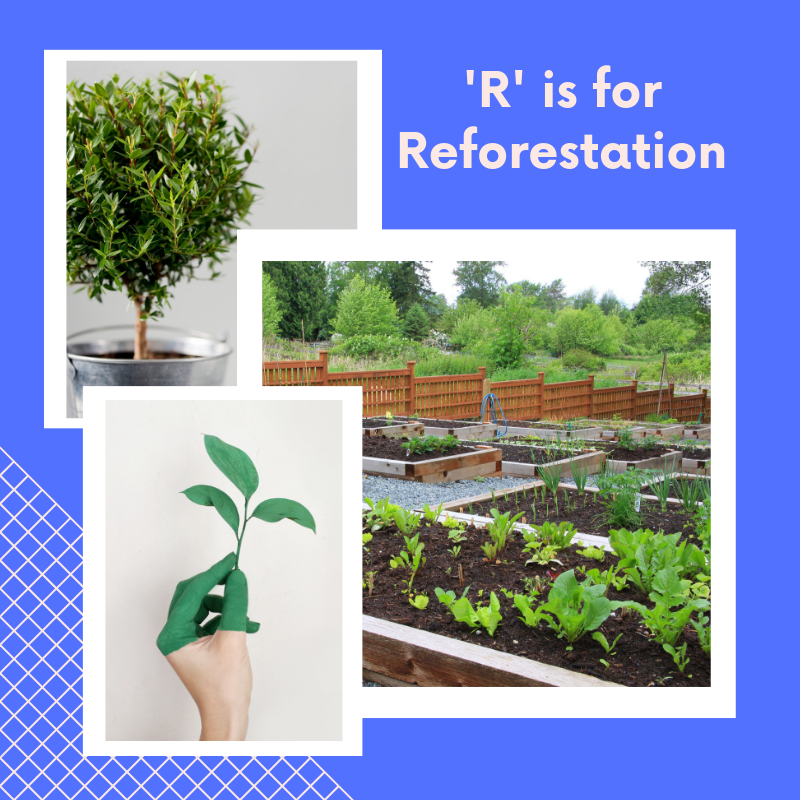Reforestation

Unified Caring Association (UCA) has an abundance of C.A.R.E. programs with emphases on Children, Animals, Reforestation and Elderly. In these programs we often team up with non-profits and non-profit projects to promote caring with in our communities and around the world. In previous blogs we have written about ‘C’, ‘A’ and ‘E’, and now we are excited to share about ’R’. ‘R’ stands for reforestation. This includes all areas that are involving the planet and environment. We love teaming up with non-profits that have a commitment to repair and restore our environment via reforestation efforts. An example of reforestation project is tree planting, like when one of our C.A.R.E. projects assisted in planting 5,000 trees!
So, what does ‘reforestation’ mean?
If we look up the definition of reforestation it is “…the process of replanting an area with trees” (Google inquiry). But, we love seeing this go even more broad to include helping maintain current ecosystems as well as planting trees and other flora to restore the ecosystem.
What can we do on the home front?
One idea that can be done at home is to plant a garden. There is so much to consider when picking the best plants possible: the amount of sunlight, the elevation of where you live, moisture available, etc. We could do a blogs upon blogs for each region of the world! Nonetheless we love seeing all of the gardens at people’s homes and businesses.
No space — no problem!
Recently we noticed a wonderful trend. A lot of community gardens are being built and they are filled with so many beautiful plants, flowers, vegetables and fruit! Most cities have a community garden listing on their websites. Some of these are even connected with schools for the education of growing minds, or connected with senior facilities to give a bit of cheer in a quiet day.
What is involved with a community garden?
Once you have located a community garden near you, you sign up, check on any specific rules to the garden (like don’t pick flowers or food from other people’s plots), then begin your gardening journey. Overall, community gardens generally allow for a lot of creativity. We have seen beautiful flower gardens filled with purple pansies speckled underneath carefully trimmed chamomile bushes which are tucked under tall-sturdy arbors draped with golden honeysuckle. Or carefully manicured rows of fruits and vegetables: peppers, tomatoes, onions, and potatoes which are contained by a fence of long reaching bean plants. We have even seen plots in community gardens that are a mixture of every garden imaginable!


